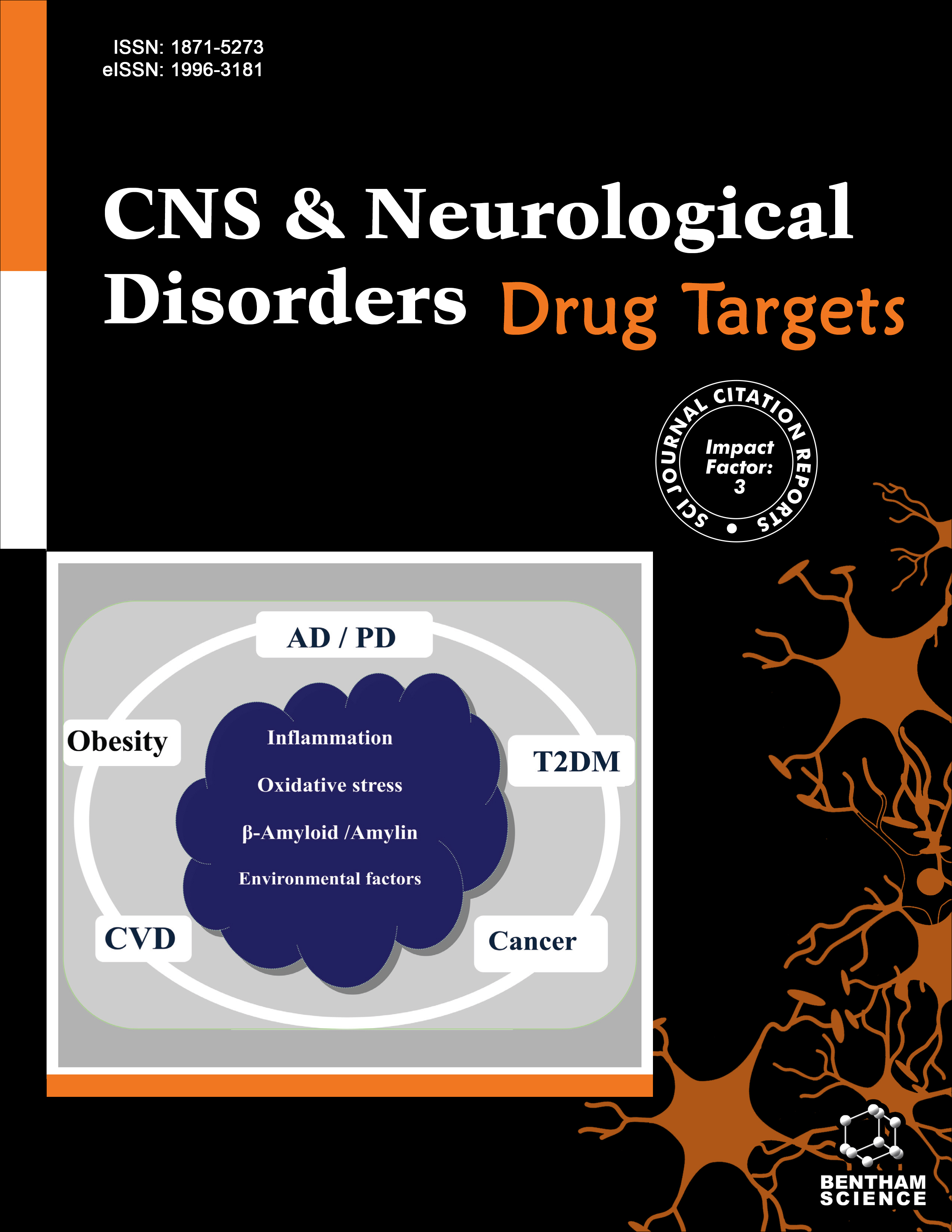
Full text loading...

Parkinson’s disease is considered an advancing neurodegenerative disorder with unknown causes, and its association with some risk factors, including aging, family history, and exposure to chemicals, makes it the second most common occurring neurodegenerative disorder throughout the world with increasing prevalence. Parkinson’s disease is associated with slow movement, rigidity, tremors, imbalance, depression, anxiety, cognitive impairment, orthostasis, hyperhidrosis, sleep disorders, pain, and sensory disturbances. In recent decades, there has been a rise in research on the development of effective and potential therapies for the treatment of Parkinson’s disease. An important target for neuroprotection is Monoamine Oxidases (MAO), which hydrolyze neurotransmitters like dopamine and produce very reactive free radicals as a by-product. Aging and neurodegenerative illnesses cause overexpression in the brain, which exacerbates neuronal loss. The treatment of Parkinson's disease with MAO inhibitors has shown promising outcomes. Herein, we reported characteristic features of Parkinson’s disease, various treatment strategies, and the SAR of potential drugs that can be explored further as lead for the development of newer molecules with improved pharmacological profiles.

Article metrics loading...

Full text loading...
References


Data & Media loading...